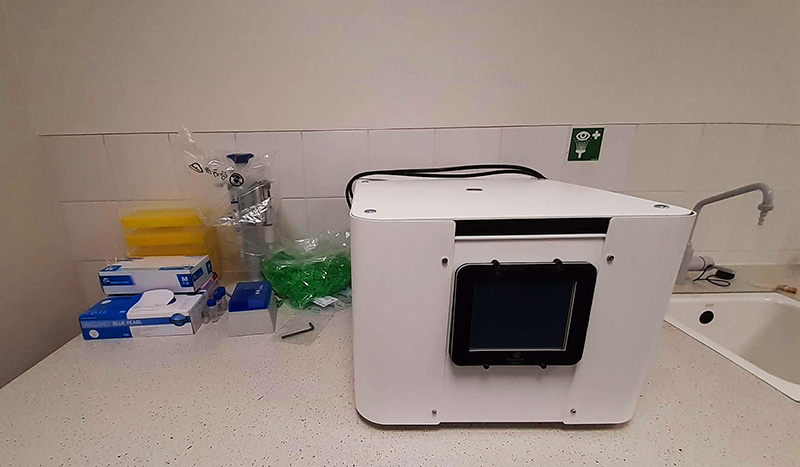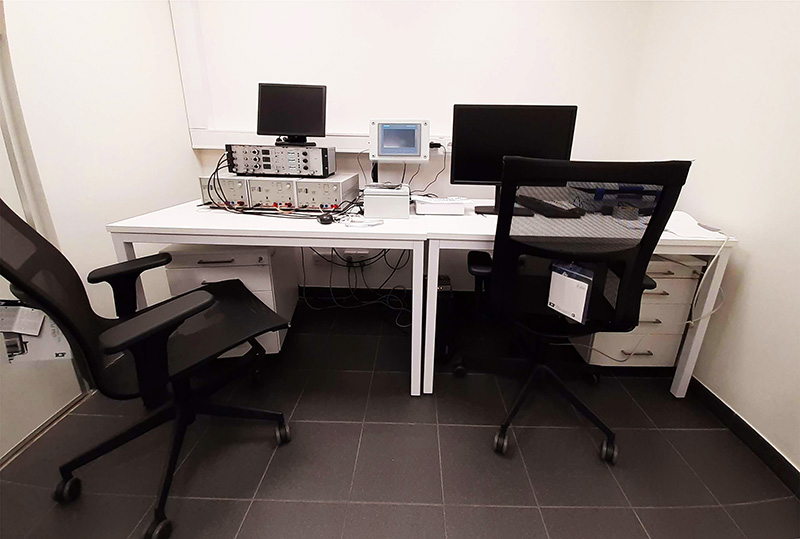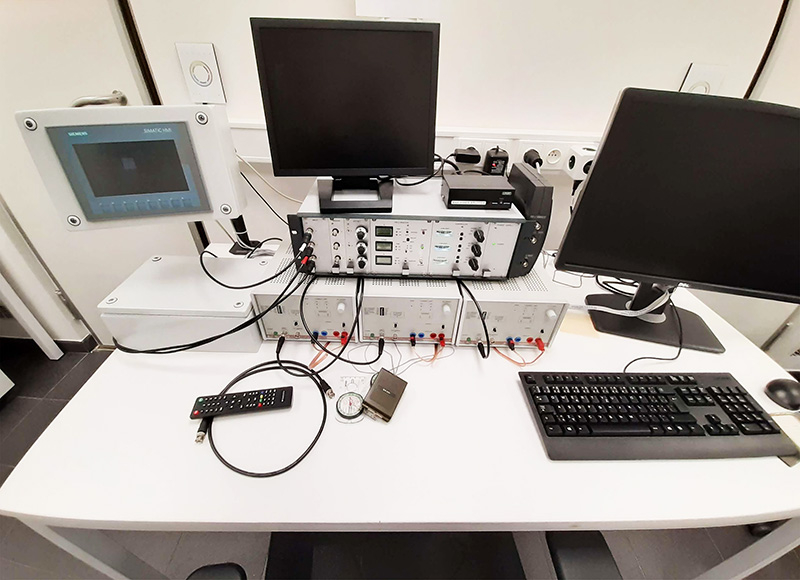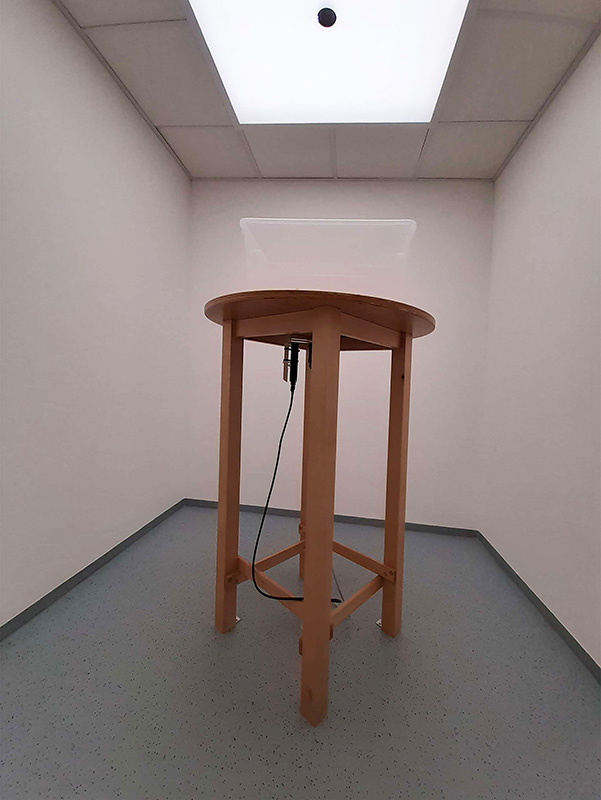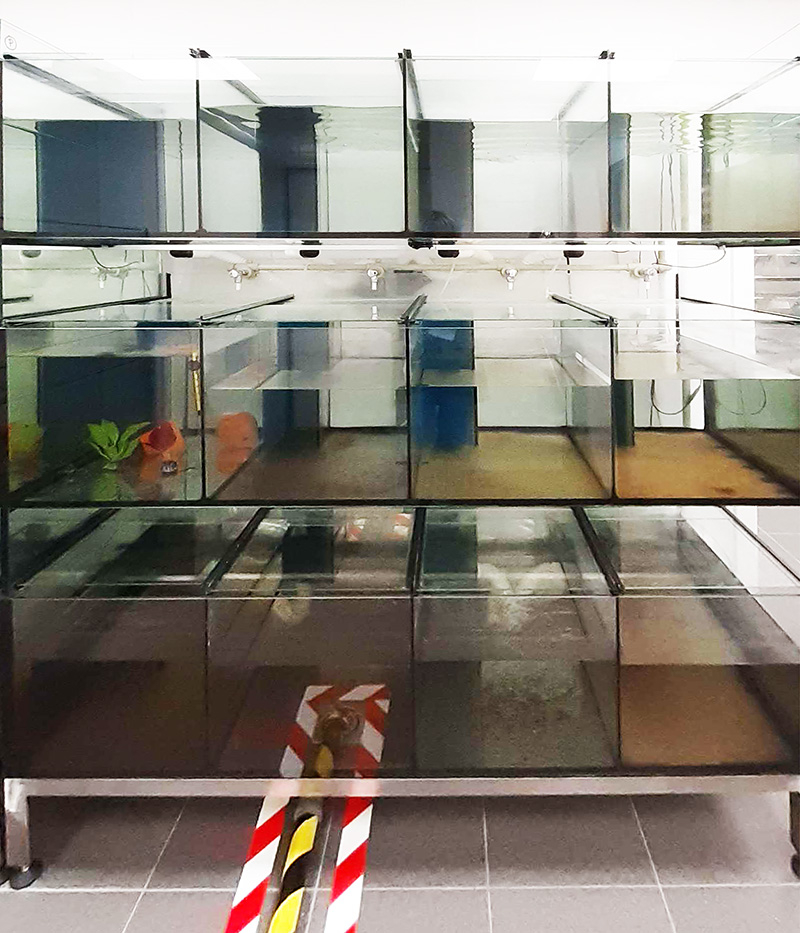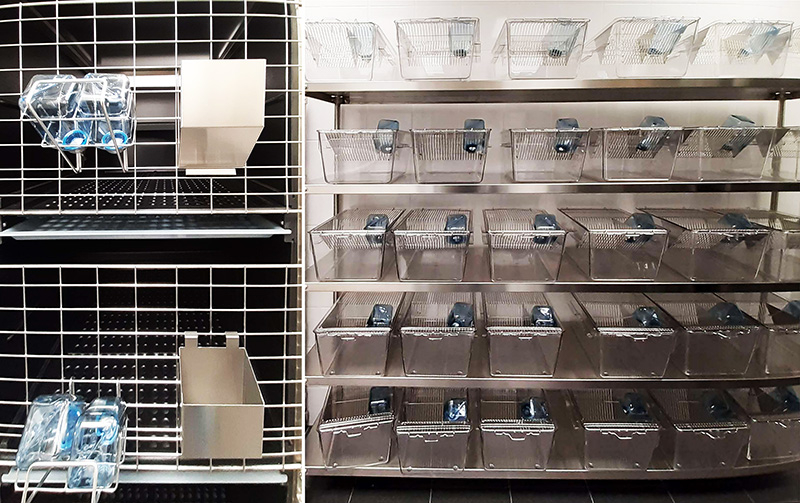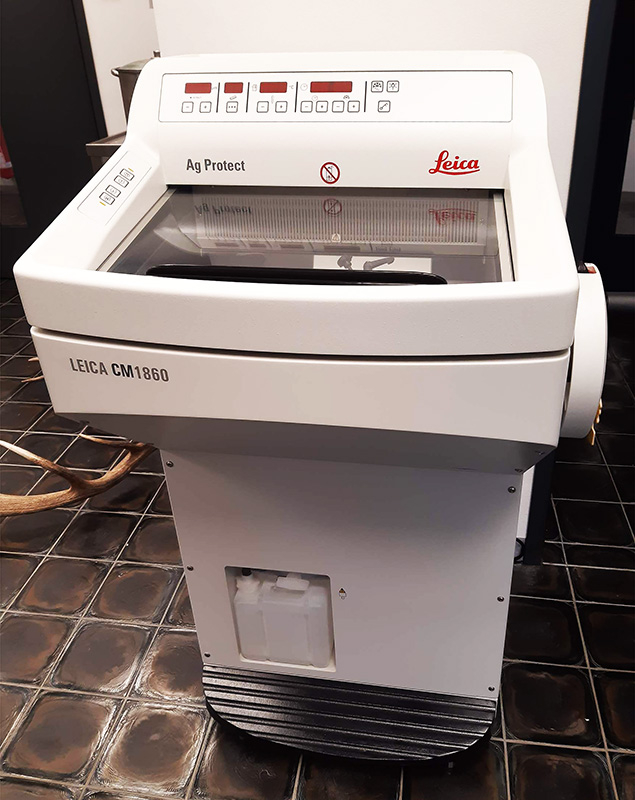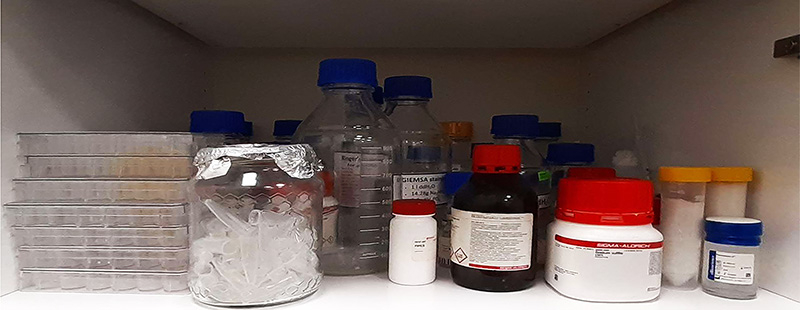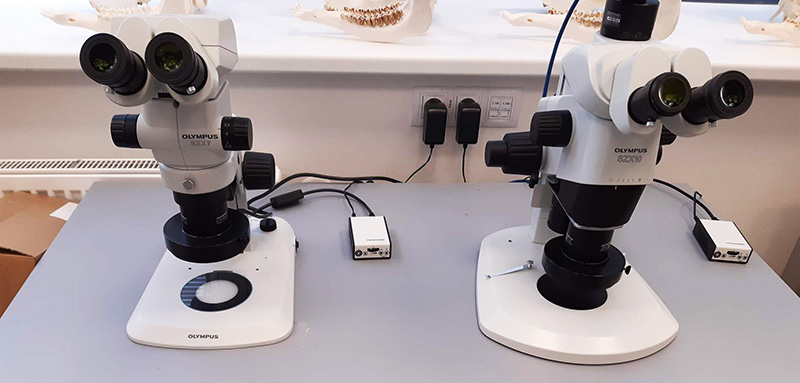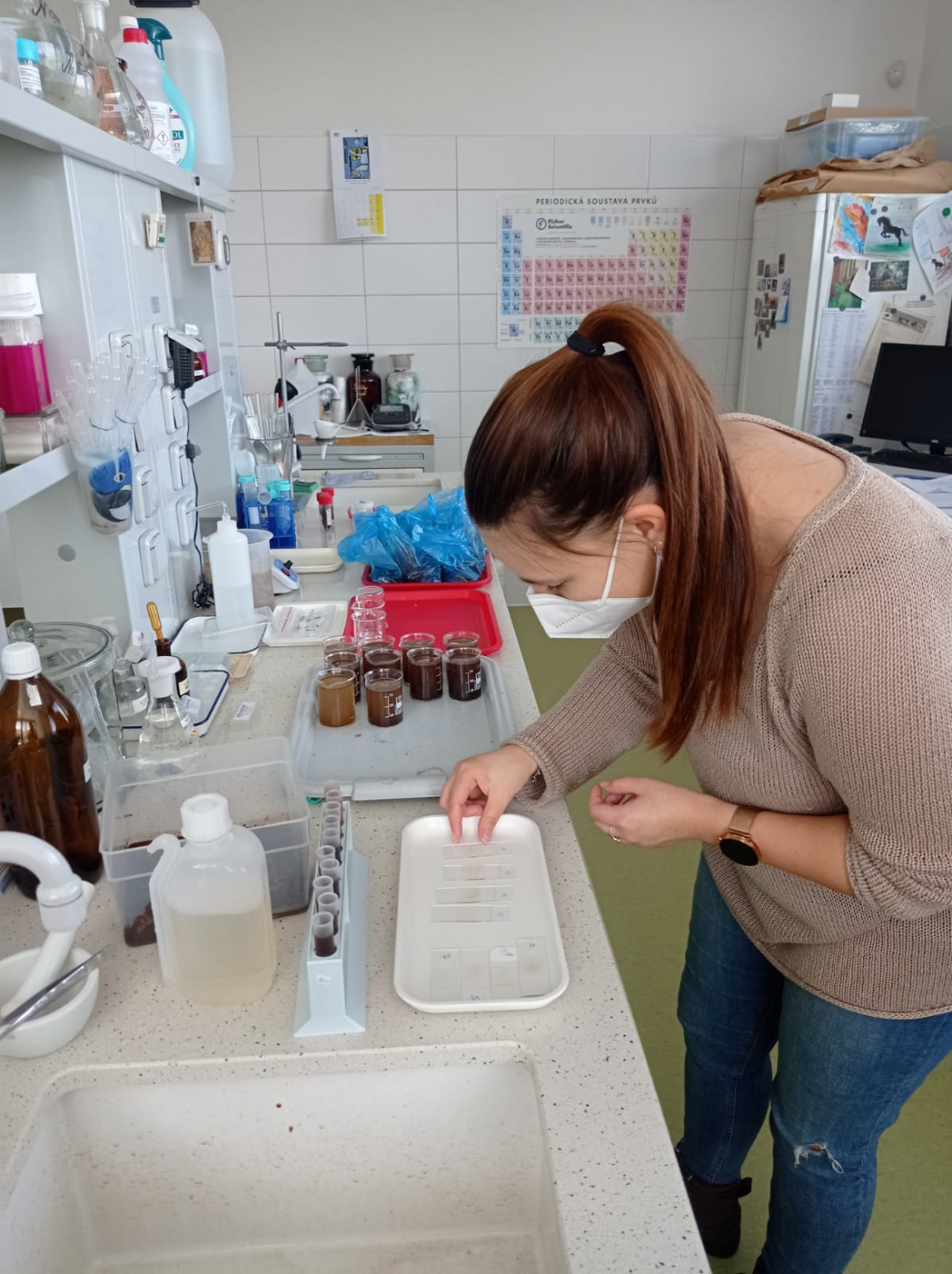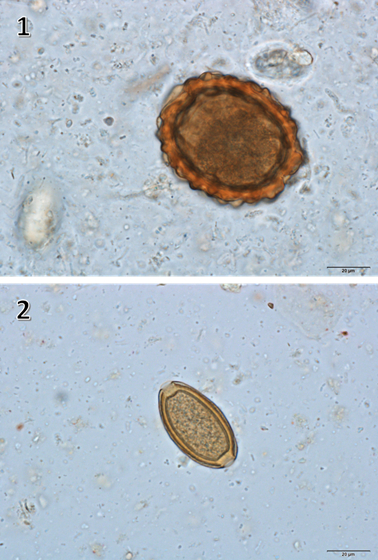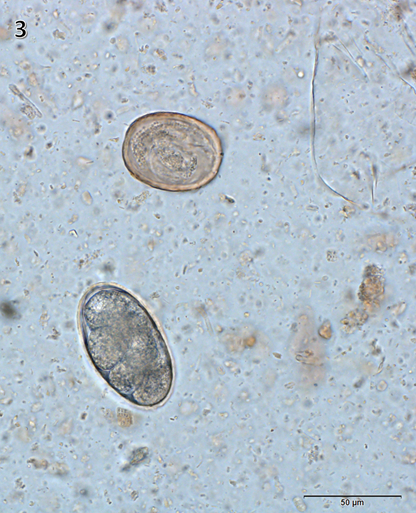Laboratory research involving high-resolution microscopy, molecular analyses and histological procedures is a brand-new trend in the activities of the Department of Game Management and Wildlife Biology. Science in the 21st century is extensively moving from macro- to micro-levels with the rapid development of methods of genome sequencing and protein analysis, as well as sophisticated computer technologies of bioimaging and image processing – and we as wildlife biologists need to keep up the pace. In collaboration with other departments and faculties of CULS, we established a new laboratory space for molecular research in the HiTech building and the FLD basement, where we have all means necessary to collect laboratory samples and preprocess them.

In the lab next to the one with the coils and animal containment, we have a space for sample preparation, initial processing, and storage. Samples of blood, feaces, urine, and biological tissues that are collected to monitor the physiological state of the animals in the experiment are stored frozen in voluminous powerful -25°C freezers. Next to them are laboratory tables with equipment for homogenizing, centrifugation and pipetting, allowing the extraction of substances of interest (DNA, RNA, proteins, steroid hormones, etc.) from raw samples for their further processing in specialized molecular labs in CZU or other institutions.
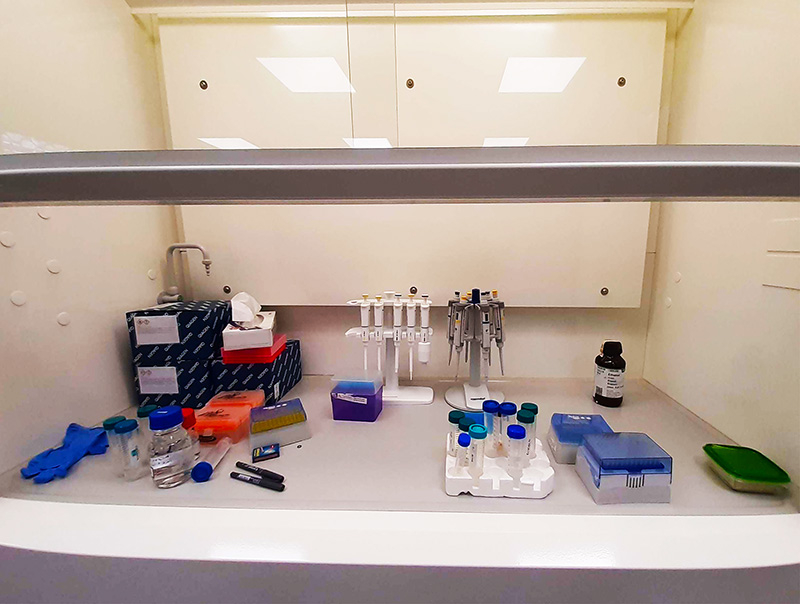
Our lab therefore allows the preparation of samples for DNA sequencing used for various purposes from species identification and barcoding to complex phylogeographical analyses. We can also safely preserve tissues for RNA extraction and sequencing to study the expression of specific genes linked to behavioural reactions, or extract steroid hormones (cortisol, DHEA etc.) for stress experiments performed in magnetic coils or in nature.
For example, to measure steroid hormone levels in wild boar, we collect blood samples that should first be centrifugated to separate the serum with steroids from blood cells. We also collect feaces that are dried in speedvac, homogenized and weighted before the extraction. The process of extraction is relatively uniform for different types of samples in terms of chemicals used (ethylacetate or pure ethanol). The specific protocols consist of multiple sequences of pipetting, vortexing, centrifugation and speedvac drying in a variety of combinations. The extracted steroid pellets are then deep-frozen until used for ELISA.
For DNA and RNA extraction from fresh or ethanol-fixed samples, we use commercial kits that allow us to thoroughly separate nucleic acids from fatty or protein compounds, clean and concentrated samples to assure high quality amplification.
